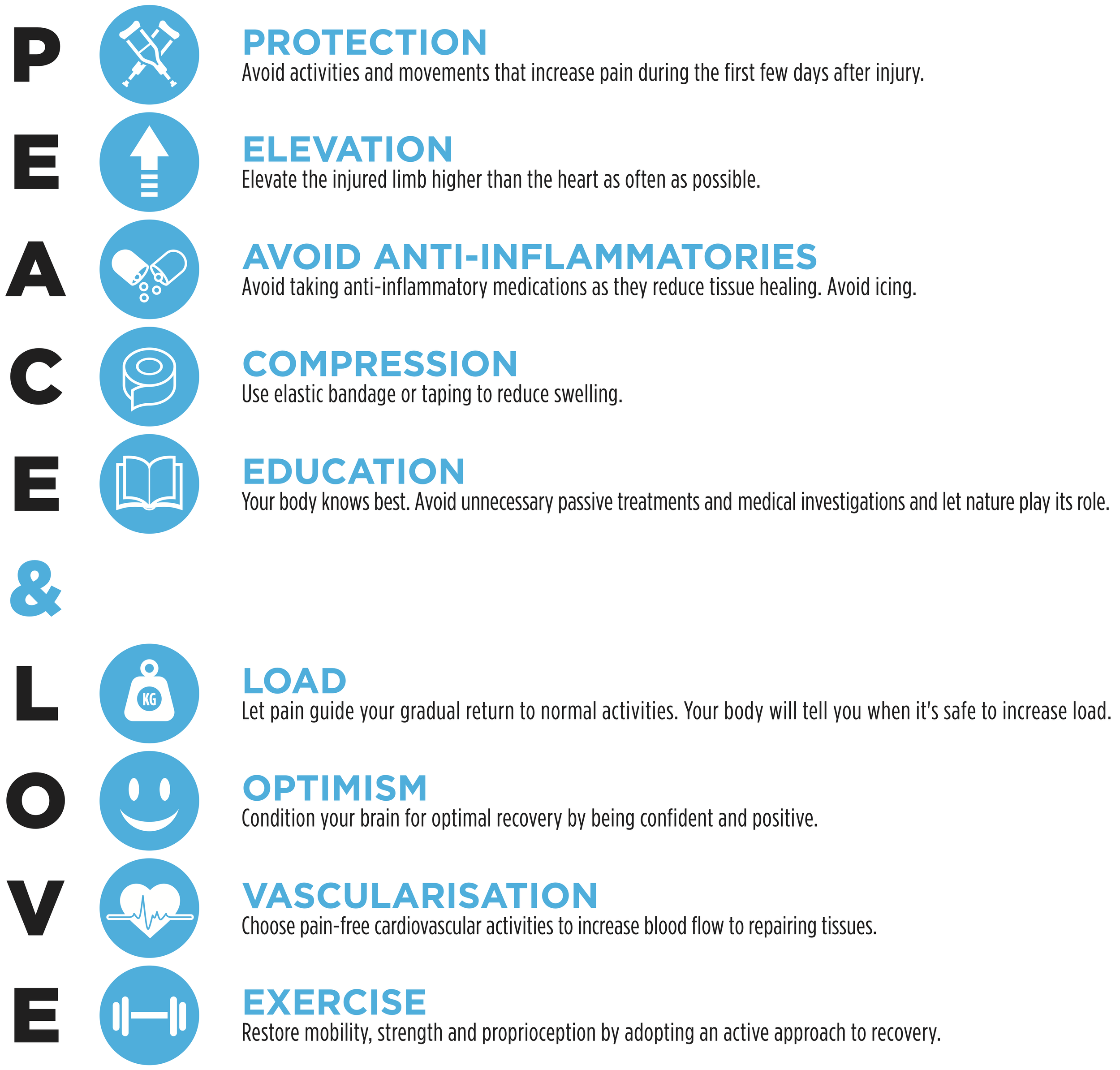Stepping Back into Stride: Navigating the Road to Recovery from Ankle Sprains
"Rolling an ankle" is a common misstep that many have experienced, or you likely know someone who has. Ankle sprains rank among the most prevalent injuries, frequently occurring during daily activities or sports. Discomfort, pain and swelling commonly occur around the outer part of the ankle and foot, and the severity of the injury depends on the intensity of force and trauma experienced by the ankle during the sprain.
Understanding the Anatomy of an Ankle Sprain
The ankle joint is a complex hinge joint and it is responsible for the up-and-down movement of the foot. The ankle plays a pivotal role in weight-bearing activities and balance. Ligaments are dense, fibrous connective tissues that connect bones to bones, providing stability to joints. In the context of the ankle joint, several ligaments contribute to its stability and these ligaments work together to maintain the integrity of the ankle joint. However, when excessive force or movement occurs, as seen in a misstep or sudden twist, these ligaments can be strained or torn, leading to an ankle sprain.
Symptoms of an Ankle Sprain
Ankle sprains can create a variety of symptoms, and their severity can range from mild to severe. Common symptoms include:
Pain: Pain is a primary and immediate symptom of an ankle sprain. The intensity may vary depending on the severity of the injury.
Swelling: Swelling around the injured ankle is a typical response to the damage to ligaments and tissues. The degree of swelling can provide insight into the extent of the sprain.
Bruising: The presence of bruising or discolouration, often appearing as a result of blood vessels breaking due to the injury, is common with ankle sprains.
Difficulty Bearing Weight: Ankle sprains can make it challenging to put weight on the affected foot. This difficulty may range from mild discomfort to significant pain.
Tenderness: The injured area may be tender to the touch, and localized tenderness can help identify the specific ligaments or structures affected.
Stiffness: Stiffness in the ankle joint may be experienced, limiting the normal range of motion.
Instability: A feeling of instability or a sense that the ankle is "giving way" may occur, especially when attempting to stand or walk.
Decreased Range of Motion: Ankle sprains can lead to a reduction in the normal range of motion, making it challenging to move the foot as freely as usual.
What to Do After You Sustain an Ankle Sprain
The widely known acronym “RICE” is a thing of the past; there is much more complexity to soft tissue injuries and focus should be on what you should and should not do. The below infographic displays the new acronym: PEACE & LOVE which should be adhered to after any soft tissue injury. During the first few days, soft tissue injuries need PEACE, and after the initial PEACE phase, soft tissue injuries require LOVE.
How can Physiotherapy Help?
In the initial phase of rehabilitation, the primary focus will be on alleviating pain, reducing swelling, and restoring full range of motion to your ankle joint. Additionally, your physiotherapist may use strapping or supportive measures to alleviate pain and facilitate normal function while allowing the affected ligaments and stabilizing muscles to recover. Your physiotherapist will guide you through active strengthening exercises, adjusting the intensity based on your pain level, to regain strength. Manual therapy techniques, along with a tailored home exercise program, will be prescribed to achieve these goals.
How Long Will It Take an Ankle Sprain to Heal?
Grade 1 (Mild): Mild sprains typically take about 3-6 weeks to heal.
Grade 2 (Moderate): Moderate sprains may require approximately 6-10 weeks for healing.
Grade 3 (Severe): Severe sprains, involving a complete tear of ligaments, often take 10-12 weeks or more to heal.
Individual variations and factors such as injury history, job demands, age, time on feet per day, etc. influence these timelines massively.
In Conclusion
While ankle sprains are common, they should never be underestimated. Neglecting proper care and rehabilitation may result in frequent ankle instability and recurring sprains. Physiotherapy plays a pivotal role in ensuring a prompt and complete recovery, restoring ankle strength and range of motion, and decreasing change of further injury.
Bri Hicks Physio & Performance is dedicated to providing evidence based physiotherapy care.
Sustained an ankle injury? Book a Physiotherapy appointment today or reach out if you have any questions.




